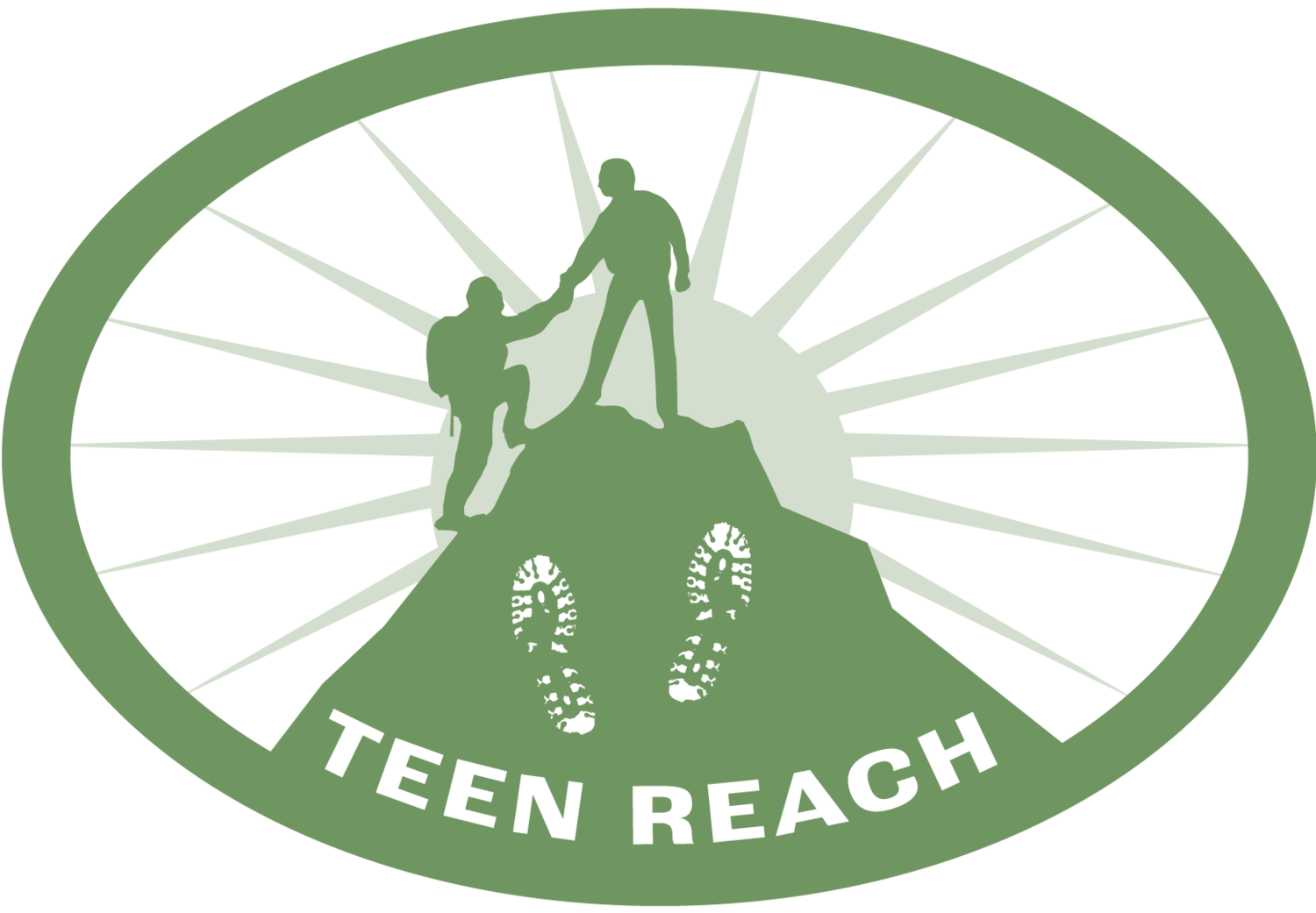Challenge by Choice & Brave Space: Defining Two Key Challenge Course Terms
by Sara Nachtigal, Preston Wood, and Rob Taillon
Whether you’re new to challenge course or an old pro, understanding the terms Challenge by Choice and Brave Space help make challenge course a successful part of T.R.A.C.
Challenge by Choice
The challenge course is designed to engage and invite participation from all. However, participation is never held above the camper or staff’s choice. Challenge course operates on principles of experiential education, including “the learner is a participant rather than a spectator in learning.” No camper or staff is ever required to participate in the challenge course activities, especially those that involve touching or being off the ground. Challenge course activities are challenge by choice. In addition, sharing on the challenge course is also a choice. No camper or volunteer is ever required to share his/her thoughts or emotions on the challenge course.
T.R.A.C. facilitators are trained on the basic needs of teens in general, including independence. The campers we serve often have very few choices in their lives. Other people (social workers, foster parents, judges, etc.) make most of their choices for them. For some campers, coming from hard places, being able to say no is far more important than completing a task or challenge.
A trained T.R.A.C. challenge course facilitator should never override the choices of a camper or staff not to participate in a challenge or not to share during a debrief/processing conversation. Challenge by choice. Sharing by choice.
Brave Space vs. Safe Space
When the T.R.A.C. challenge course was first implemented, facilitators were trained to establish the challenge course, including all conversations, as a “safe-space” for campers and staff. While the goal of establishing challenge course as a “safe-space” has not changed, the reality of our world and acknowledging more nuanced situations has led to a shift in language. Facilitators now communicate the goal of a “safe space” by using the more realistic language of a “brave-space.” With the proliferation of social media, anything shared on challenge course can be exposed at any time. Campers and staff who are willing to share are being brave by sharing their thoughts and experiences with the rest of their team.
Building trust on the challenge course is critical. We want to create a space where honest reflection and sharing is possible. However, we cannot guarantee that the space created is truly a “safe space” for everyone in the group. We never fully know the history of our campers or when a bully and victim may be placed in the same group/cabin.
In 2018, a lead facilitator from a local camp started the conversation from an article she read for work on creating “safe spaces” and how using the word “safe” can be misleading because safety cannot always be guaranteed. That same summer, several girls in her group struggled with being bullied. Because a few of the girls went to the same school, they understandably feared what they said on the challenge course might be spread around school outside of camp. For those campers, challenge course was not a truly "safe space."
After camp, the National Challenge Course Trainers (NCCTs) did more homework and found The Art of Effective Facilitation: Reflections from Social Justice, a book on facilitating classroom discussions about social justice and highly controversial topics. Though the challenge course isn’t usually a place for discussions of social justice, we often discuss difficult topics, and we pray for opportunities to point campers to the hope that comes from the gospel.
Chapter 8, From Safe Spaces to Brave Spaces, defined a safe space as follows:
an environment in which students are willing and able to participate and honestly struggle with challenging issues,
an environment in which everyone feels comfortable expressing themselves and participating fully, without fear of attack, ridicule, or denial of experience,
While these definitions of a safe space are ideal for challenge course, we cannot always guarantee them to be true.
Further, the authors suggest making the change from “safe space” to “brave space.”
We cannot foster critical dialogue … by turning the classroom into a "safe space," a place in which teachers rule out conflict . . . We have to be brave because along the way we are going to be "vulnerable and exposed;" … We are going to be very unsafe.
Bravery is needed because “learning necessarily involves not merely risk, but the pain of giving up a former condition in favor of a new way of seeing things.”
The same is true for challenge course; bravery is certainly needed. We pray for the opportunities to introduce the hope that comes from the gospel of Jesus Christ as a “new way of seeing things.” As we all know, there is “not merely risk, but the pain” of dying to ourselves and our old way of living as a new creation. With all of this in mind, and never wanting to promise teens at camp something we can’t completely control, we’ve adopted the language of a “brave space" versus “safe space” on challenge course.
Our campers are incredible young adults who are learning to overcome struggles and find victory from traumatic past events. By leading with an understanding of these terms, Challenge by Choice and Brave Spaces, we empower them on their road to real transformation.
Landreman, Lisa. (editor) The Art of Effective Facilitation: Reflections from Social Justice. Stylus Publishing. May 2013.

